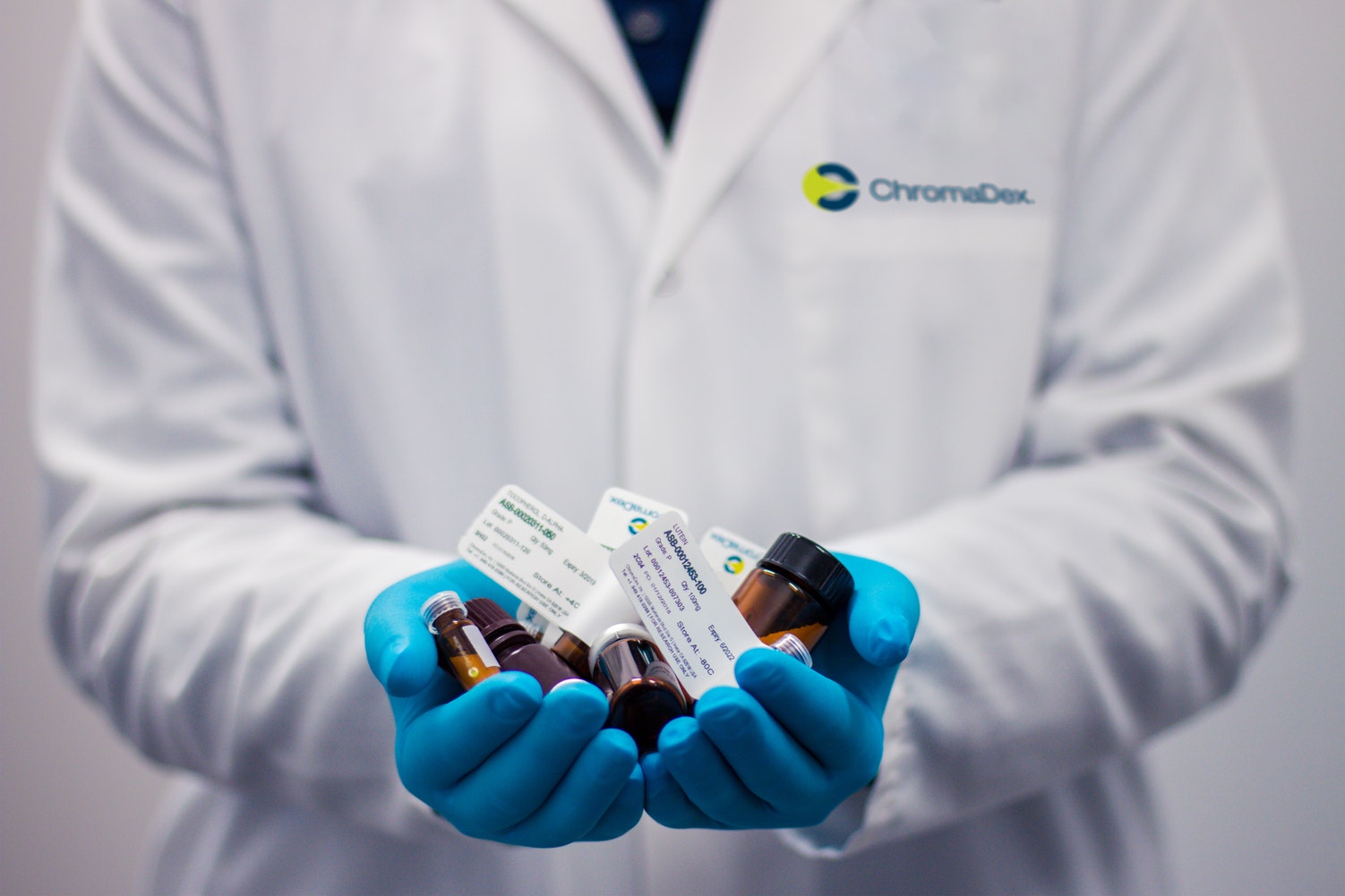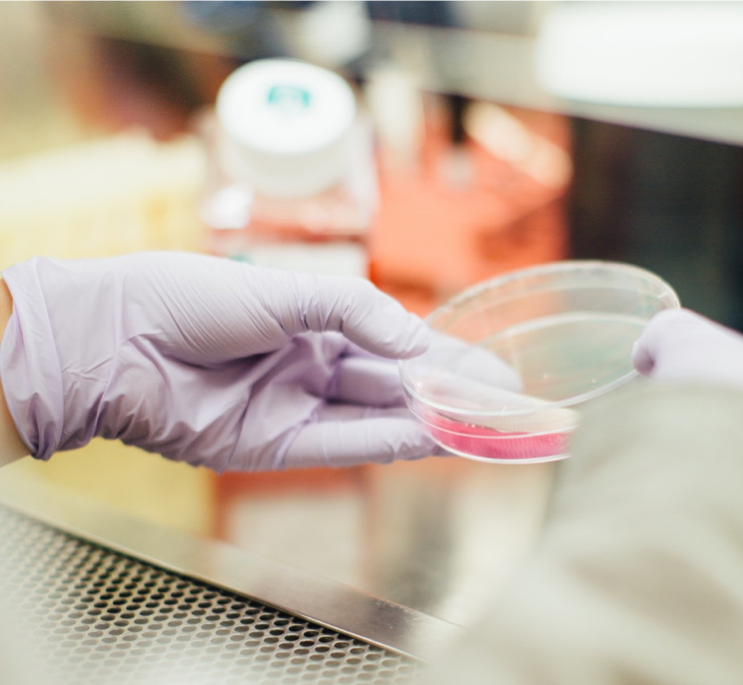What are the fertility treatment options?
Fertility treatment options can be divided into three broad categories, which may require the use of one or more options:
- Medicines
- Assisted Conception (Procedures such as IVF)
- Surgical Procedures
Medicines
Certain conditions, particularly polycystic ovarian syndrome (PCOS), require medications to treat hormone imbalances that can cause problems with ovulation. The most common examples are shown below:
- Clomifene: Used to induce ovulation in women who don’t ovulate regularly or who don’t ovulate at all.
- Gonadotrophins: These are specific hormones that can help to stimulate ovulation in women and help with low sperm levels in men.
- Metformin: An alternative drug, particularly used in cases of women with PCOS.
- Tamoxifen: Another option for women who have problems with ovulation.

Assisted conception
Assisted conception is a group term for a number of techniques that aid in conceiving, examples shown below:
- In Vitro Fertilisation (IVF) Eggs are collected and fertilised with sperm. After a few days of the early embryo growing, it is returned for implantation.
- Intrauterine Insemination (IUI), A catheter - a thin, flexible tube - is used to place sperm inside the uterus.
- Donor Insemination (DI), The same procedure as IUI but using donor sperm.
- Intracytoplasmic Sperm Injection (ICSI) A procedure whereby a single sperm is injected within the egg. Often used in cases where there is poor sperm quality.

Surgical Procedures
Surgery can sometimes be required to help with infertility, but also to understand what might be causing the infertility in the first place. Common examples are:
- Endometriosis (where the womb lining / endometrium, grows outside of the womb, surgery can be used in certain cases to remove these growths that can obstruct sperm/egg transport.
- Fibroids are a non-cancerous type of growth which can develop in or around the uterus. and they are made up of muscle tissue. If they are large enough in size to prevent egg implantation in the uterus - and it is safe to do so - then they can be removed.
- Polyps are formed when the lining of the uterus (known as the endometrial lining) overgrows in a particular area. Like fibroids, polyps can sometimes affect fertility and may need to be surgically removed.
- Blocked or damaged Epididymis. In some male infertility cases, the epididymis (the tube that is used for the storage and transport of sperm) is blocked, preventing sperm transport. Sperm extraction can be used to retrieve sperm if blocked or damaged, or in some cases congenital disorders (a condition from birth) which prevents sperm transport.
- Blocked Fallopian Tube. Surgery may sometimes be used to help fix fallopian tube blockages. Blocked tubes prevent either sperm from reaching the egg, or the egg from travelling down to the uterus for implantation.

Connect with us